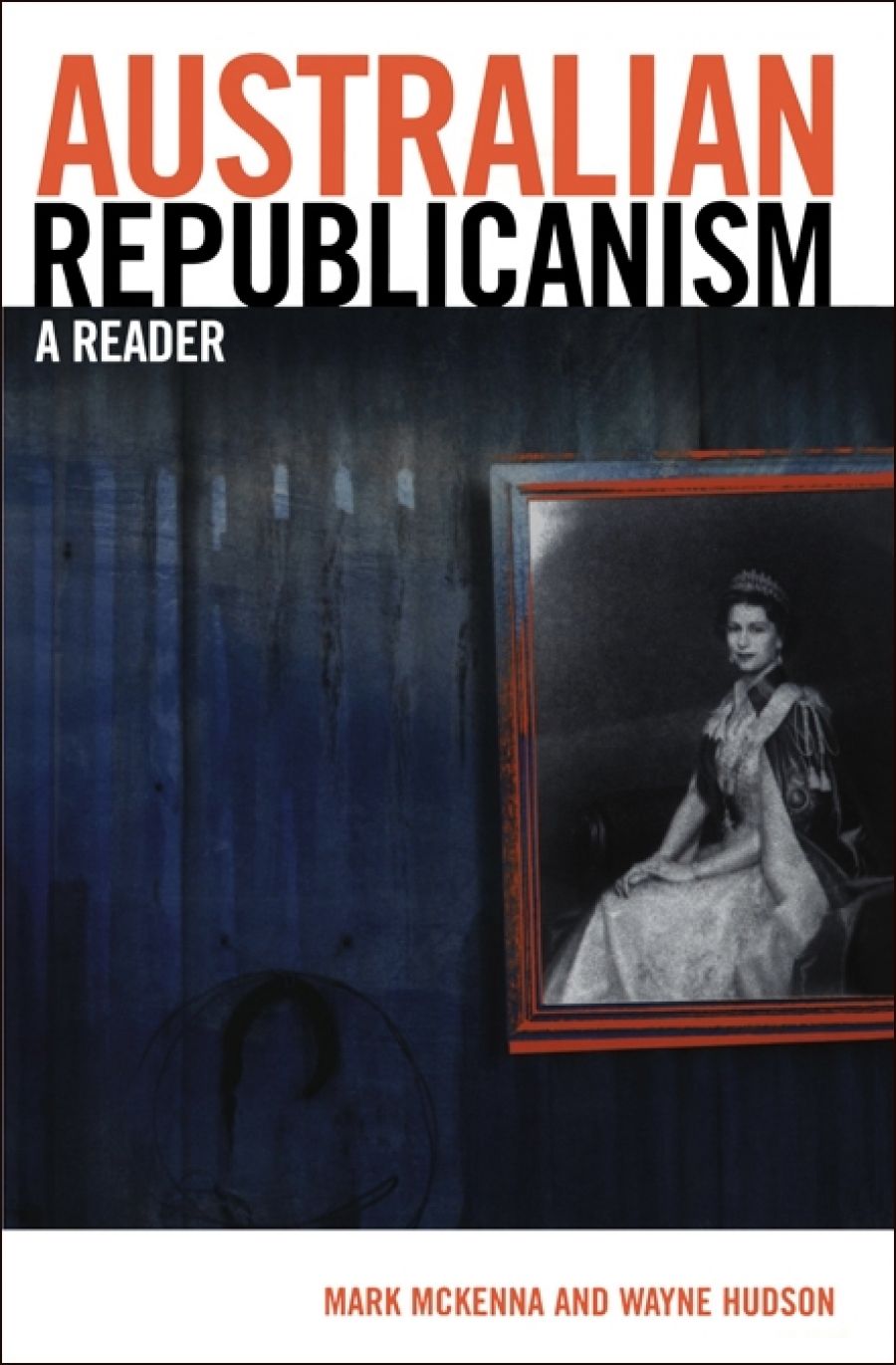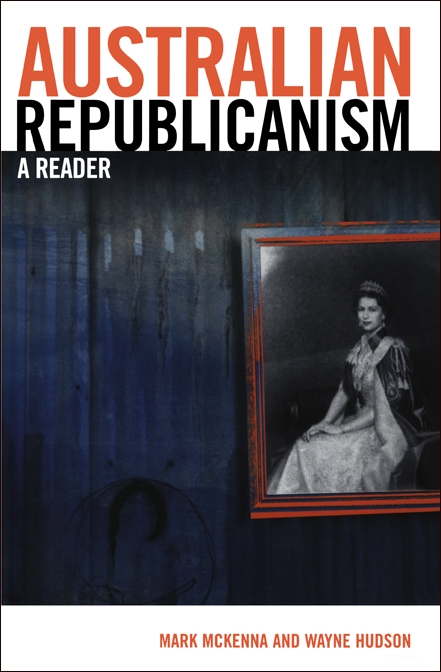
- Free Article: No
- Contents Category: Politics
- Review Article: Yes
- Article Title: Still a Way to Go
- Online Only: No
- Custom Highlight Text:
Was there ever an uglier duckling than Australian republicanism? It’s a movement whose end is vital to anyone who believes that a people should attempt to extend the control over their own destiny, but which, of itself, fails to inspire the slightest excitement in anyone for whom politics is a living, breathing thing. Even more suspicious are those for whom republicanism is an exciting cause. They’re a strange mob, often decent and committed people, but able to subsist on a fairly thin diet. Because so many of them are lawyers, they are always on the ball when it comes to saying how the Constitution should be changed and what new mechanism should be put in place. Because so many of them are lawyers, the movement is efficient and well run. And because so many of them are lawyers, no one else trusts them or feels comfortable working with them.
- Book 1 Title: Australian Republicanism
- Book 1 Subtitle: A reader
- Book 1 Biblio: MUP, $39.95 pb, 301 pp
- Book 1 Cover Small (400 x 600):

- Book 1 Cover (800 x 1200):

The problem is, as Mark McKenna and Wayne Hudson point out in their introduction to this anthology of writings, speeches and transcripts on the inglorious republic, that there is no one single thing called ‘Australian republicanism’. The cause has been a part of movements so different that the participants would not necessarily recognise common ground with one another. Furthermore, the cause has never been in the right place at the right time. At its height in the 1880s, it was too early to sway a clear majority, even though it aroused great passions among its supporters. By the time a majority was available in the 1990s, all the passion had gone out of it. National sovereignty has been increasingly undermined by the global market – what does it matter who is at the head of a substantially powerless government? The task of any current republican movement is to give people well disposed to it a sense that it has a meaning and a history, and that that history has to be known – the best and the worst of it – if a majority of Australians are to be reconnected to the cause.
Ironically, the anthology that has resulted from this aim tends to mirror the problems of the movement that it set out to address. It is useful and worthy, but it is somewhat unimaginative in its choice of sources, and very flat in its presentation. Commencing with a couple of news reports of convicts who had been punished for averring to the name or doctrines of Tom Paine, it takes us through early commentators such as John West and John Dunmore Lang, into the boom years of Henrys Parkes and Lawson, the Bulletin etc., then into the leaner years of the first half of the century – largely represented by transcripts, newspaper reports of ‘seditious radicalism’ and into the rebirth of ideas about independence as represented by excerpts from The Lucky Country, John Hirst and records of debate from the Constitutional Convention.
I wonder if any of it has been done as well as it could have been. The earliest entries are more republican proto-history than the thing itself, and should have been consigned to an appendix. The collection should have begun with something from one of the writers in the 1850s, or Parkes, or Lawson or the Bulletin – something that was explicitly republican, and marked a founding text of sorts. There should have been more of the surrounding material which, if not explicitly about republicanism, gave us a better picture of the deep entanglement of radical and reactionary sentiments of the time: some of Parkes’s magnificent bullshit poems perhaps, or the occasional Jubilee cartoon from Melbourne Punch. The entries themselves could be better presented: Lawson’s ‘Sons of the South’ falls over two pages, when it really needs a page of its own. Facsimiles of some of these broadsides would not have hurt, either. And the contents page is useless, offering simply a short invented title for each extract, and failing to tell us what it is, or whom it is by.
In the more recent sections, the problems are more serious – those of actual omission. Why, for example, is there nothing from Helen Irving, who has done as much work as Hirst on the question of a republic and the Constitution? Why are there no poems from Les Murray, who has made his republicanism very visible? Why is there no mention of the Australian Independence Movement of the 1970s, which drew people from several orientations – most of them Maoist, or so influenced – and kept debates and campaigns going through the lean post-Dismissal years? You can’t really understand how Paul Keating suddenly revived the idea of a republic without understanding his relationship to speechwriter Don Watson, and you can’t understand Don Watson without understanding Melbourne’s leftist intellectual milieu, of which he and the AIM and others were a part. To my mind, these absences undercut much of the book’s usefulness, because the picture of the past is distorted. Most interesting of all is the way in which it has distorted it by leaving out the mass cultural forms and enthusiasm within which republicanism is set. It is a mistake that the movement has been trying to correct, and this book is part of that. Judging by its final form, there is still quite a way to go.


Comments powered by CComment